Victorian Gothic Fiction: The Sublime and the Beautiful
Victorian Gothic literature offers a compelling blend of domestic life, terrifying sublime, and stark realism.
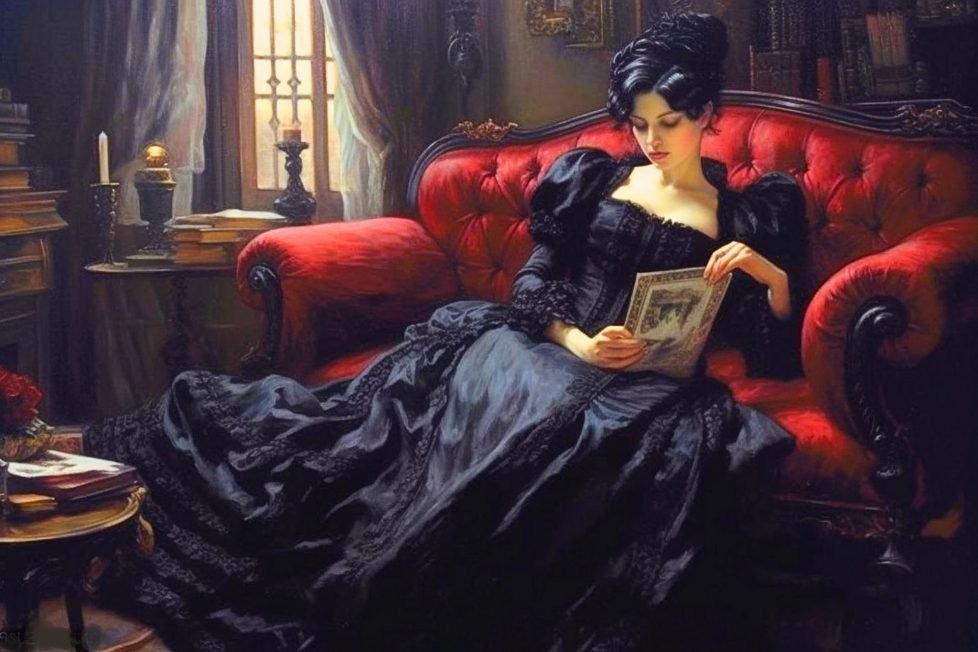
Victorian Gothic literature offers a compelling blend of domestic life, terrifying sublime, and stark realism.

Table of Contents
ToggleFor many of us today, the Gothic has become part of daily lives. We consume gothic literature, television shows, films, video games, buy Gothic-style clothing and visit Gothic cathedrals, buildings, and homes. The Gothic was even part of our childhoods. We watched The Addams Family, Buffy the Vampire Slayer, and The Vampire Diaries. Our first forays into fandom may have been the Harry Potter series. Each of these titles have their roots in the particular conception of the Gothic known as the Victorian Gothic. However, before we can define and discuss the Victorian Gothic, we must first examine the very origins of the genre in the 18th century.
Gothic literature is defined by its atmosphere of dread, mystery, and fear. It often involves the supernatural, mythical creatures, and ancestral curses set against the backdrop of a decaying modern world. Within this setting, the past often violently intrudes upon the present, its outsized influence dictating the actions of the contemporary world and its inhabitants. As later Southern Gothic writer William Faulkner said, “The past is never dead. It’s not even past.”
This haunting specter of the past characterized the earliest works of the genre, which emerged in the great social upheaval of the mid-18th century. Post-dating the English Civil War and the Jacobite Rebellions of the early 18th century, it was born in the midst of the Seven Years War (the first global conflict) and came of age during the French Revolution. It betrays an anxiety towards the present with its ascendant bourgeois order, and reliance upon reason. In fact, The Gothic acted as a kind of antidote to Enlightenment values, as scholar Robert D. Hume notes that it “can be seen as one symptom of a widespread shift away from neoclassical ideals of order and reason, toward romantic belief in emotion and imagination.”

Edmund Burke, whose theory of the sublime and the beautiful, was a major force in the development of Gothic sensibility. In fact, Gothic scholar Clive Bloom contends that Burke provided the language from which the Gothic could develop. Burke’s aesthetic theory examined these opposing forces of order and wildness in this new order. For Burke, the beautiful was control and order and relaxation; it engenders love.
By contrast, the sublime is terrible; it is “the strongest emotion that the mind is capable of feeling,” encompassing extremes such as horror, terror, fear, awe, and wildness. He writes, “Whatever is fitted in any sort to excite the ideas of pain and danger … whatever is in any sort terrible, or is conversant about terrible objects, or operates in a manner analogous to terror, is a source of the sublime.” The sublime nurtures passion in the face of terror, but it is important for that terror to be held at a distance. In other words, that passion must be set at a distance from the source of terror itself. For Burke and for Gothic writers, sublime and terror recalls their mortality and with it the heightened pleasure of being alive.
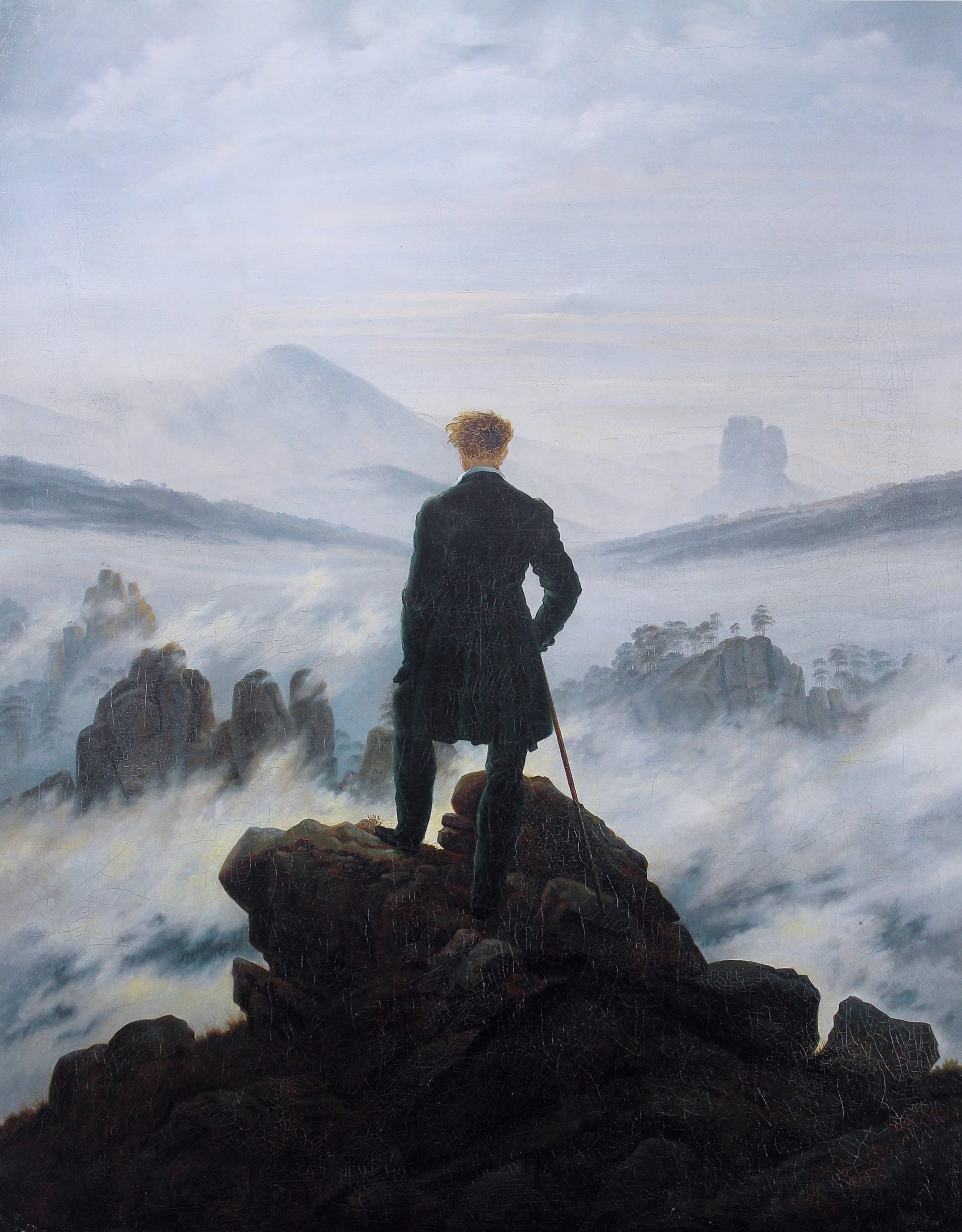
Early Gothic writers employed the imagery suggested in Burke’s theory. Novels of the mid-18th century are full of abandoned castles and foreign landscapes. Horace Walpole and Ann Radcliffe set Gothic novels in Italy, while Charlotte Dacre and William Beckford set novels in the Middle East. Their heroines were tormented by the sexual desires of male antagonists; they are haunted by the former glories of noble houses who have degenerated into the same ruin as their castles. There are conspiracies and curses and sometimes the supernatural. Yet, they are all set at a safe remove from England.
Later Gothic works of the Romantic era diverged into English, Scottish, or Irish settings. However, these writers retained such elements as medieval or medievalized settings, castles, curses and the supernatural which played the same roles as more foreign settings. These scenes of horror were placed at a distance from the safety of the home.
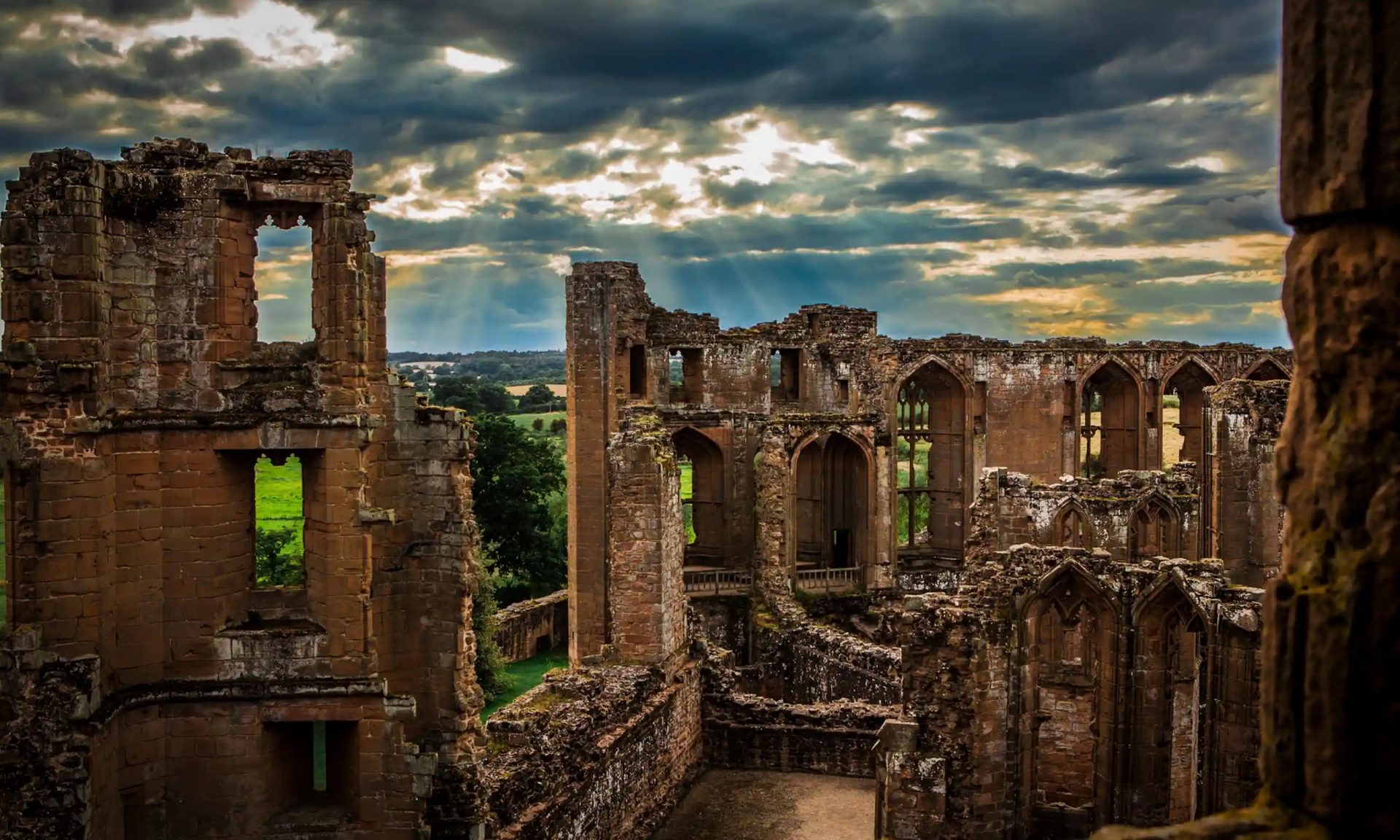
The Victorian Gothic often placed these scenes of terror within the domestic sphere. Moreover, it was wedded to Victorian realism. Alexandria Warwick argues that the Gothic genre transforms in two distinct ways in the later nineteenth century: the urban and the domestic. In her examination of the Brontës, she argues that the domestic becomes Gothic because those “spaces, and the state of marriage or family life that the spaces embody, are terrifyingly ambiguous.”
The development of uncanny or Unheimlich by German philosophers in the mid-19th century showed that the horror, terror, and awe of the Gothic could be found in everyday life. By placing ‘real’ people in unreal situations, the uncanny showed how the Gothic could co-exist with Victorian realism. They defined the uncanny as ordinary events or places which are experienced in an unsettling or even taboo way. Freud linked the uncanny to repetition compulsion, doubles or doppelgangers, and repressed impulses.
The heyday for classic Gothic literature is usually defined between the publication of the Walpole’s The Castle of Otranto (1764) and Mary Shelley’s Frankenstein: or, The Modern Prometheus (1818). Yet, for the Victorians, as we have seen, the Gothic was everywhere. In fact, Gothic scholar Julian Wolfreys argued that Gothic survived precisely because it had been mainstreamed, and that its different tropes and elements return in the works of ostensibly non-Gothic poets and writers Charles Dickens, George Eliot, Tennyson, and Christina Rossetti.
While Dickens does not usually come to mind as a writer of Gothic fiction. He deploys the Gothic in particular targeted ways to indict the oppressive structure of Victorian society. Dickens’ monstrous landscapes and structures of decay are the slums, orphanages, schools, and workhouses of the urban Victorian poor. Scholars like Greg Buzwell and Jarlath Killeen note how his invocations of Gothic tropes in modern realist settings highlight the systemic abuse against the most vulnerable populations in England. Jarlath argues that “In this way the Gothic becomes more realistic, but the real also becomes more like a Gothic nightmare.” Indeed, the villains of Dickens novels are often those with political, social, and economic power – i.e., Scrooge of A Christmas Carol, the workhouse administrators of Oliver Twist, and the Dedlocks of Bleak House.
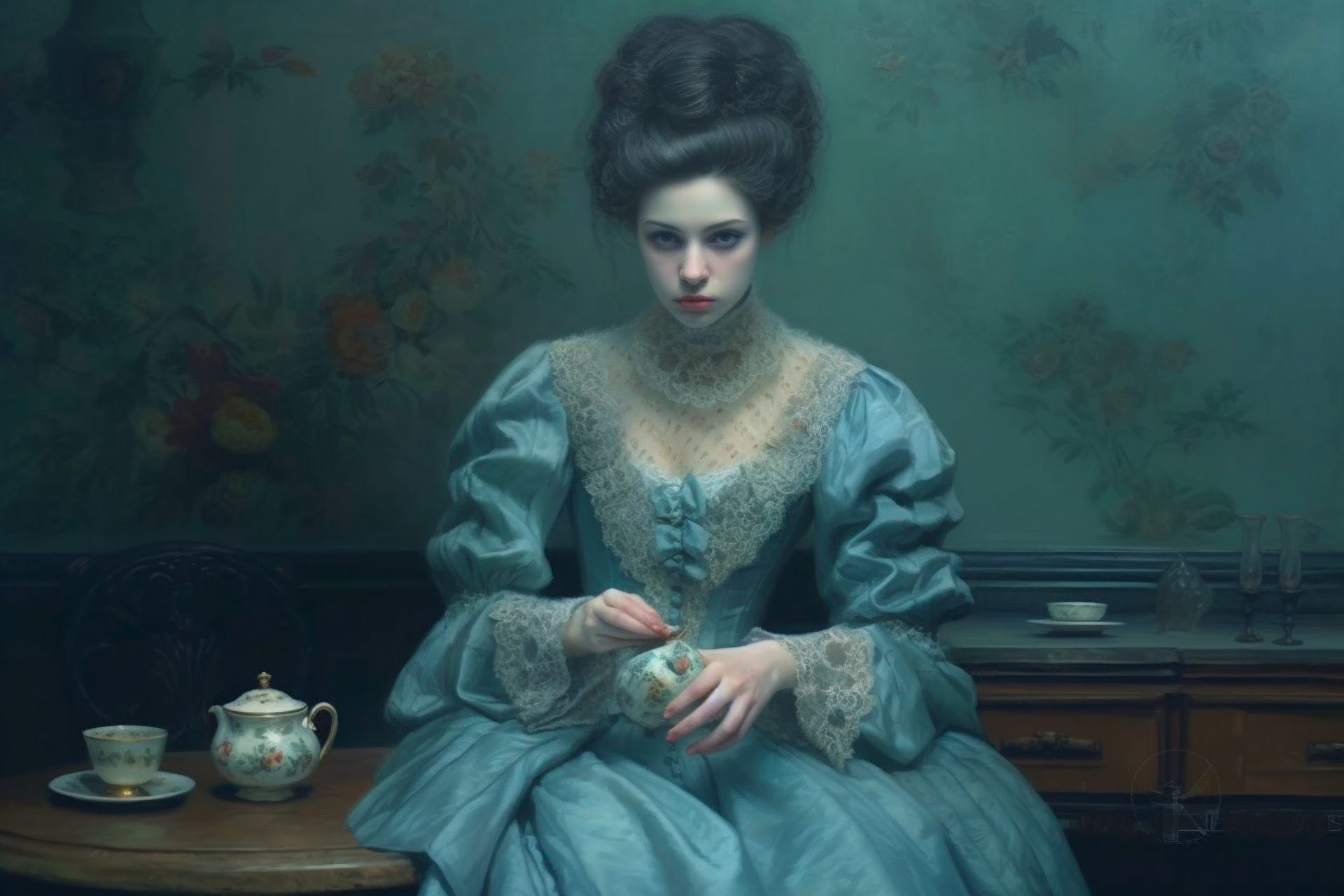
The Victorian Gothic shift to the domestic sphere represented its ongoing anxiety over the role of women and female sexuality. Ellen Moers, who was the first literary critic to identify and define the Female Gothic, argued that certain Gothic tropes – damsel in distress, confinement or imprisonment within the home or a home, sexual violence, doppelgangers, and monstrous or absent mothers – center the female experience as vital to the Victorian conception of the Gothic. While they explored female subjugation, they also allowed their readers freedom to also explore the transgressive attempts to rebel or escape. Because they were often authored by women, they represented a key insight into the domestic anxieties of Victorian women.
Charlotte Brontë’s Jane Eyre and Emily Brontë’s Wuthering Heights perfectly encapsulates the Female Gothic.
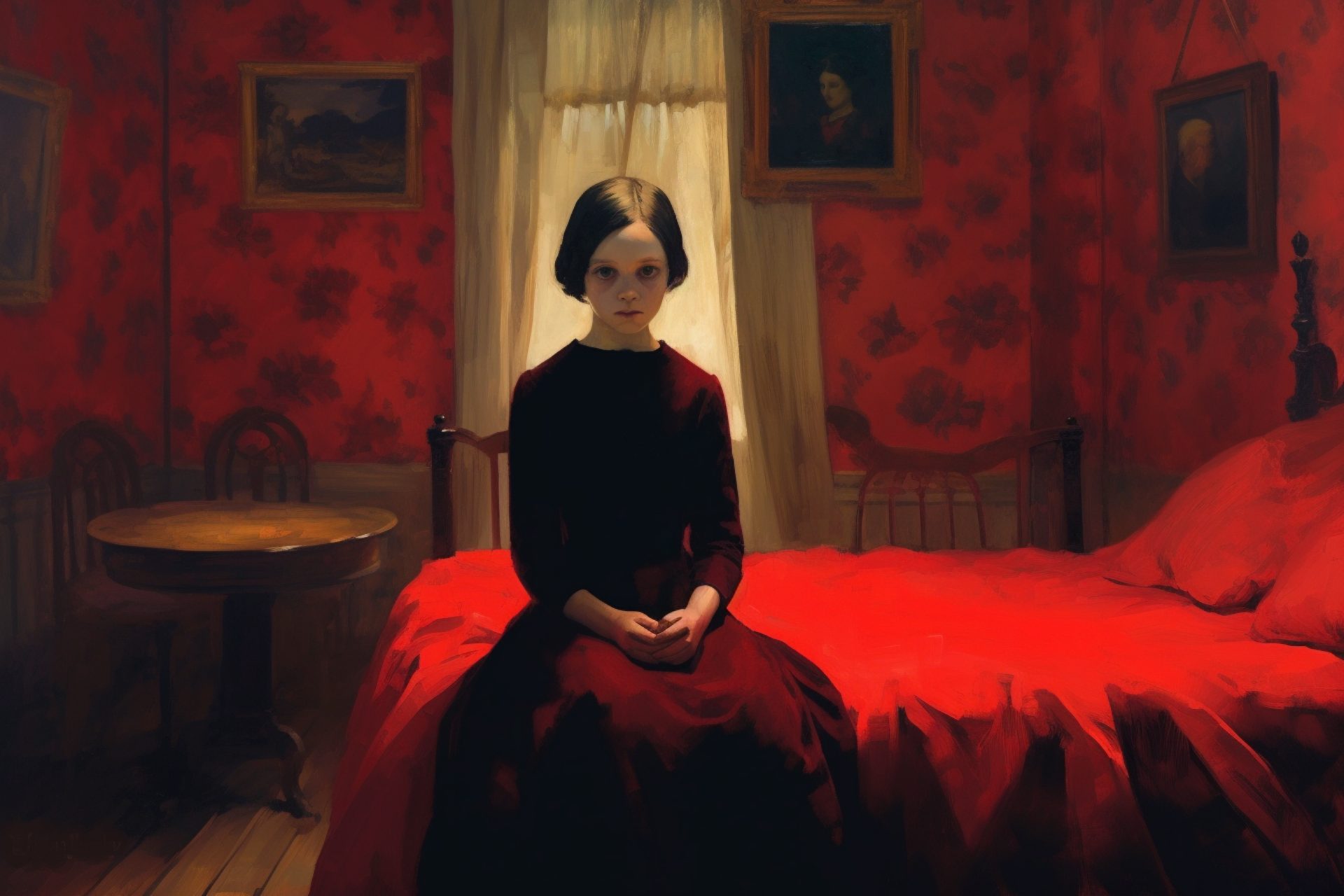
Jane Eyre is filled with Gothic tropes from madness, doppelgangers, imprisonment, and a damsel in distress. The spaces of Jane’s confinement – Gateshead, Lowood School, Thornfield – are isolated, dark, and mysterious. Early in the novel, the orphan child Jane is confined in the Red Room at Gateshead, her childhood home. It is a place of horror, the scene of her punishments for ‘bad behavior’ as well as her uncle’s death. She is convinced that the ghost of her uncle John Reed has risen, “…I thought the swift-darting beam was a herald of some coming vision from another world. My heart beat thick, my head grew hot; a sound filled my ears, which I deemed the rushing of wings; someone near me.” Similarly, at Lowood School, she is cut from civilization and confronted with death and despair at every turn as she trains to become a governess, which is in itself a position of confinement in the domestic sphere.
Haunted Thornfield, with its battlements and mad attic inhabitant looms large as a source of the sublime. Indeed, as Wuthering Heights would for Emily Brontë, Thornfield represents a throwback to the role that proper and cursed ancestral seats played in the earlier Gothic fiction of Horace Walpole, Ann Radcliffe, and Maria Edgeworth. It is here that Jane is confronted with her double/doppelganger Bertha Rochester. In fact, the unsettling laughter of Bertha in the attic draws out the unsettling atmosphere of Thornfield. It echoes and mocks Jane’s innocence and seems to warn her about the dangers of marriage, of placing herself entirely in the power of a man.
If Jane is the innocent, young, and educated ideal for Rochester, then Bertha is the demonic, worn-out and wild specter of his past. Sandra Gilbert and Susan Gubar, whose groundbreaking study of Victorian women writers, The Madwoman in the Attic, was named for Bertha Rochester, state that “Bertha has functioned as Jane’s dark double throughout the governess’s stay at Thornfield. Specifically, every one of Bertha’s appearances – or more accurately, her manifestations – has been associated with an experience (or repression) of anger on Jane’s part.” The night before Jane’s wedding to Rochester, Bertha appears in her room and destroys her veil in a kind of omen. Later, when Jane discovers Rochester’s first marriage and leaves him, Bertha escapes the attic once again to destroy Thornfield and herself by fire.
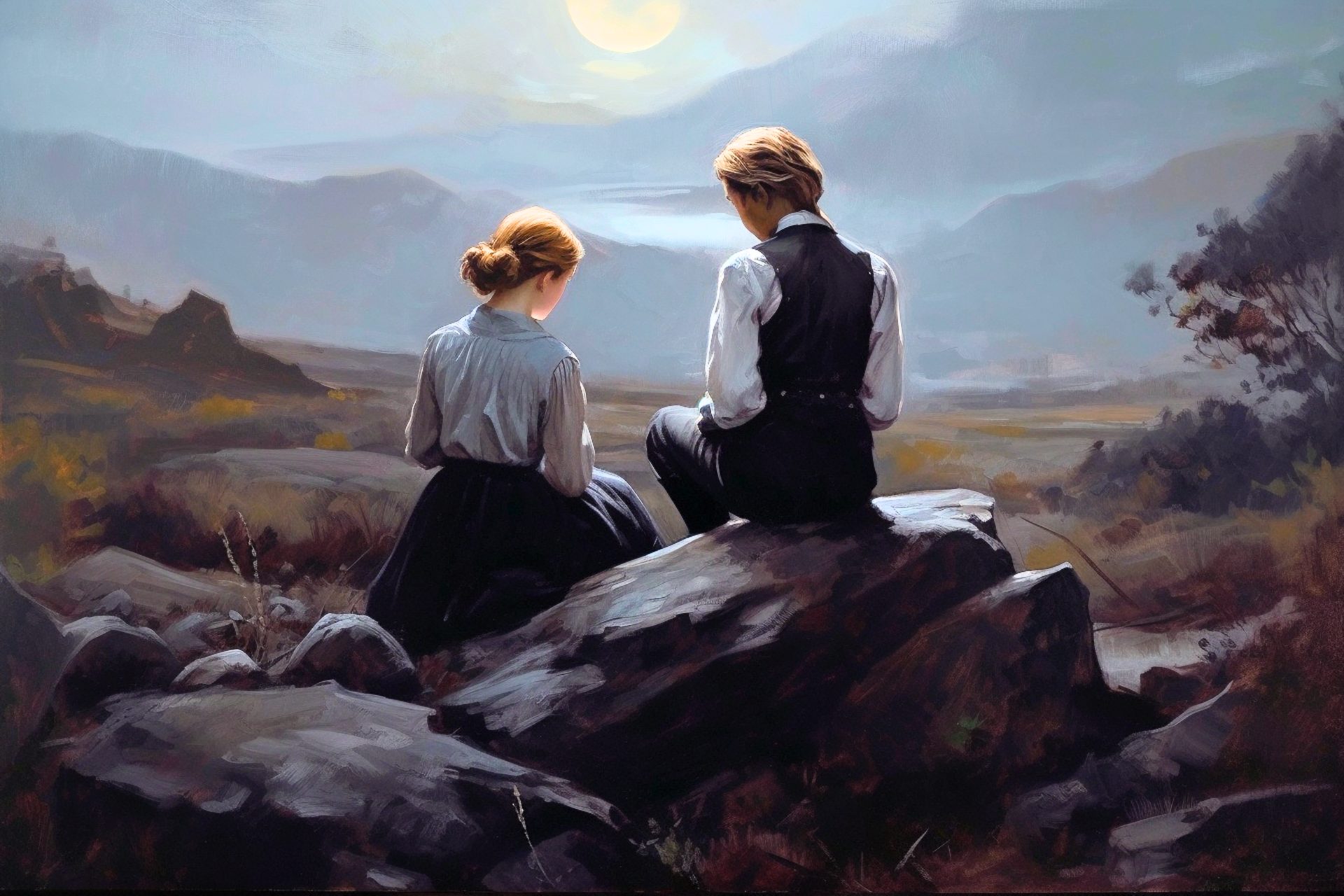
Doppelgangers play a similarly important role in Emily Brontë’s Wuthering Heights; yet here, the most powerful doubles are the twin anti-hero(ine)s of Catherine and Heathcliff. Gilbert and Gubar explain that as Catherine is educated to be a lady, Heathcliff is cast out and imprisoned by the newly ascendant heir to Wuthering Heights, Hindley Earnshaw. Heathcliff is always the wildness to her order, and yet they are the same. Catherine confesses to Nelly Dean, “He’s more myself than I am. Whatever our souls are made of, his and mine are the same.” Gilbert and Gubar argue that Heathcliff’s “literal starvation is symbolic of her more terrible and dangerous spiritual starvation, just as her literal wound at Thrushcross Grange is also a metaphorical blow to his health and power.” Thus, when he is later haunted by Catherine’s ghost, now-powerful Heathcliff is, in fact, haunted by his own past self.
The late Victorian Gothic is often seen as a resurgence for the genre. Certainly, the more supernatural themes of decay and degeneration, and the settings of foreign climes returned to the forefront of popular Gothic literature.
This evolution of the Gothic is something of a heyday for the ghost story. In fact, Margaret Oliphant’s The Beleaguered City draws from the Female Gothic to center women’s experience of the divine. In Oliphant’s novella set in France, a town is taken over by the ghosts of its former inhabitants. She uses the motifs of the sublime and the uncanny to situate these specters within their former domestic spheres, from which they scold the living to return to more spiritual concerns. Yet, it is only the living women of the town that can properly ‘see’ and read the ghosts. They are more spiritually wise than their male counterparts.
Oliphant’s work is, moreover, entwined with her real life; it is an expression of female grief for the loss of her husband and children. It is – in effect – a prose form of Tennyson’s question from In Memoriam: If the beloved dead could return, would we welcome them? In fact, the character Lecamus asks, echoing both Tennyson and Oliphant’s own question: “Why should it be a matter of wonder that the dead should come back? The wonder is that they do not. Ah! That is the wonder. How one can go away who loves you, and never return nor speak, nor send any message – that is the miracle: not that the heavens should bend down and the gates of Paradise roll back and those who have left us return. All my life it has been a marvel to me how they could be kept away.”

Bram Stoker asks these same sorts of questions in Dracula, the penultimate late Victorian Gothic novel. Stoker wrestles with questions of immortality, faith, and transgressive desires. While Oliphant’s haunted townspeople are both longing for and repelled by the ghosts of their loved ones, Stoker’s Dracula seeks to situate that immortality in the flesh. The Romanian Count Dracula can be seen as both a foreign agent feasting upon the spoils of Imperial Britain and as an object and provocateur of transgressive desire. Dracula, himself, seems to desire Mina and Jonathan equally in physical and spiritual senses. Indeed, Dracula the novel brings the Gothic genre full circle in its evolution.
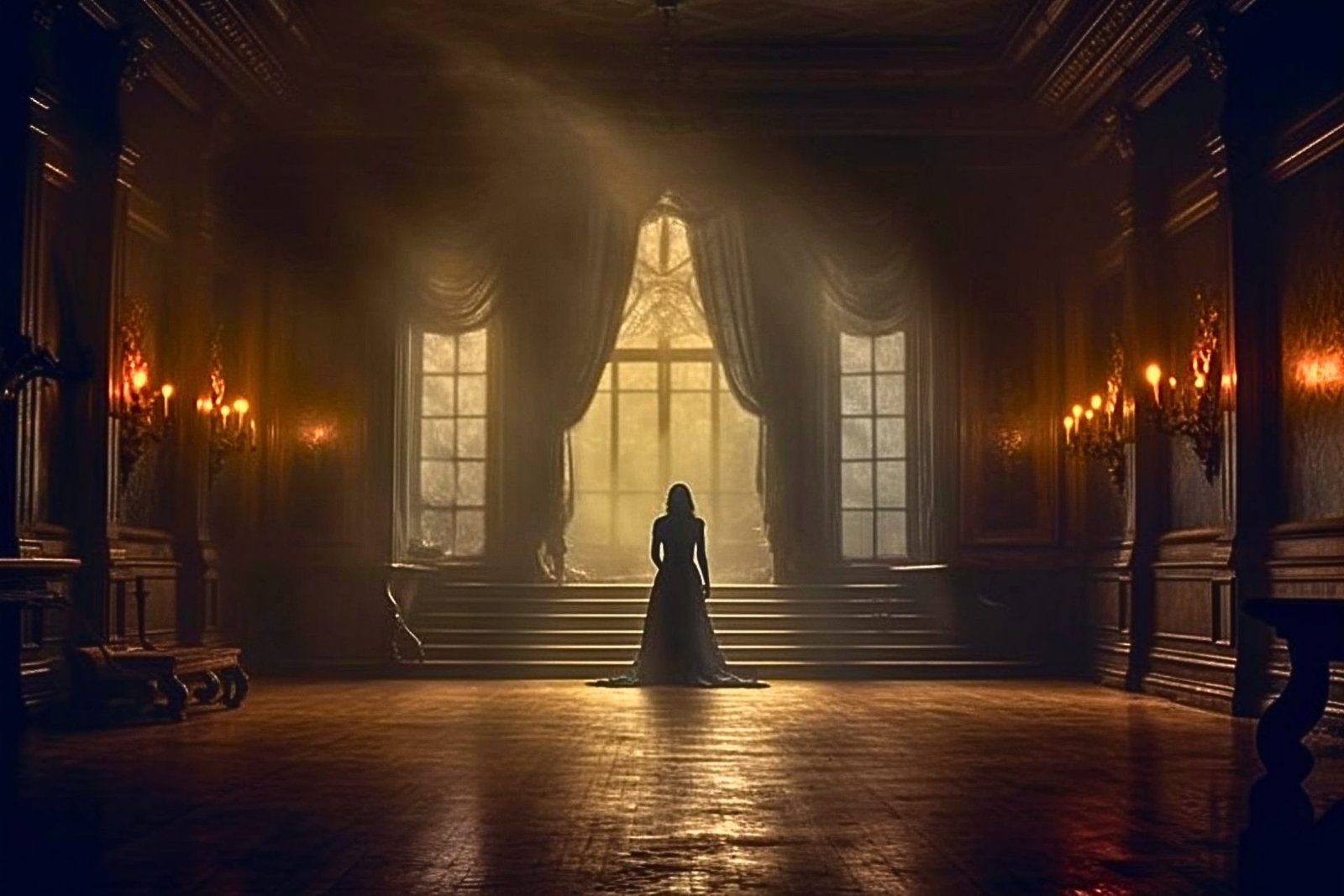
As the Gothic evolved, the elements of the genre have sometimes expanded. The following list comprises the most common elements found in Gothic literature:

The following is by no means an exhaustive list of the canonical Victorian Gothic writers and poets:
